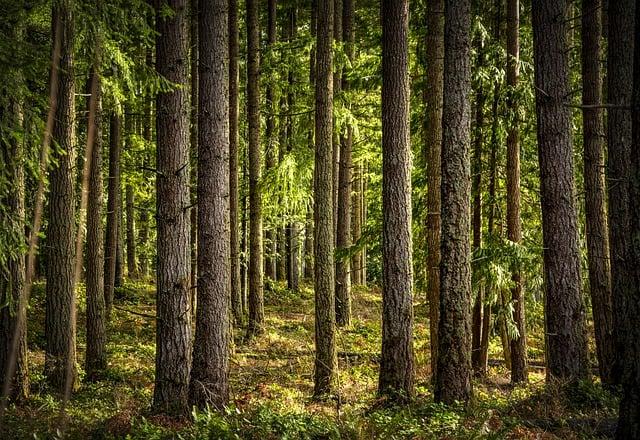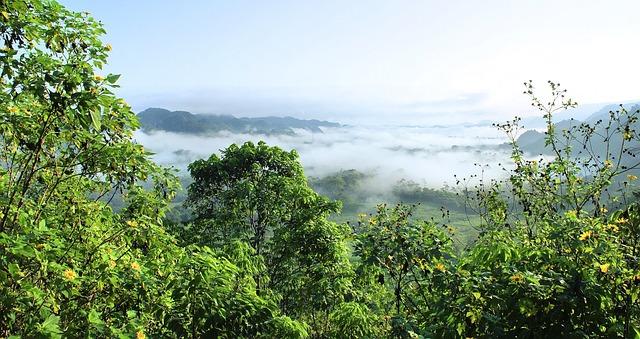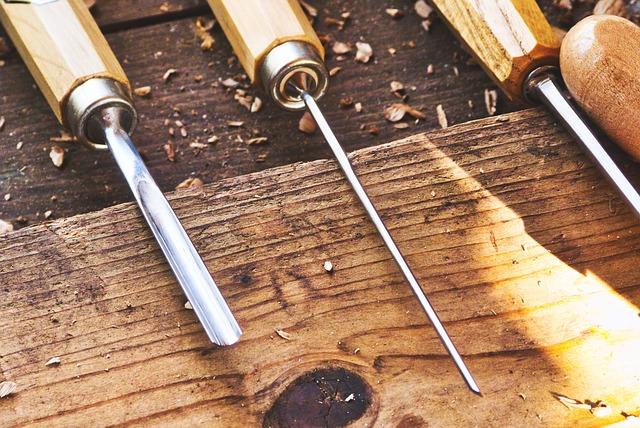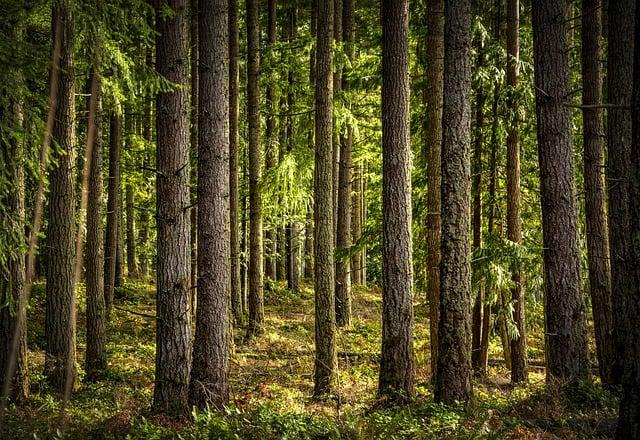- Introduction
- What is Douglas Fir?
- Ecological Role of Douglas Fir
- Uses and Applications of Douglas Fir
- How to Identify a Douglas Fir
- Conclusion
- FAQs
- References
Introduction
The Douglas Fir, scientifically known as Pseudotsuga menziesii, is an iconic evergreen native to North America. It's a highly versatile tree with numerous ecological, economic, and cultural benefits. This article will delve into what makes this tree so special, including its ecological contributions, commercial uses, and how to spot one in the wild.
We’ll start with a general overview of what a Douglas Fir is and move into its ecological significance. Next, we'll explore the various ways that this tree has been utilized throughout history—ranging from construction materials to Christmas trees! Lastly, we’ll guide you on how to identify a Douglas Fir by examining its distinct features.
What is Douglas Fir?

(Image: Pixabay/@Ken1843)
Douglas Fir, often mistakenly referred to as a "true fir," is not technically from the genus Abies, or true firs. Instead, it belongs to the genus Pseudotsuga. The name honors the Scottish botanist David Douglas who introduced many North American species to Europe.
The species is most commonly found along the western slopes of the Rocky Mountains and the Pacific Northwest region. Mature Douglas Firs can grow over 250 feet tall (76 meters), making them one of the tallest trees in North America. Their longevity is remarkable, with some individuals living more than 1,000 years.
Aside from their towering height, Douglas Firs are also known for dense wood that is highly sought after in the timber industry. More importantly, they play a critical role in forest ecosystems across North America, acting as habitat for numerous wildlife species and contributing significantly to carbon sequestration.
Ecological Role of Douglas Fir

(Image: Pixabay/@DEZALB)
Douglas Firs contribute significantly to biodiversity. These trees are home to various animal species, including birds, mammals, and insects. Old-growth Douglas Fir forests are crucial for species like the northern spotted owl, which relies on such habitats for survival. In addition, the tree’s cones provide food sources for rodents, while its needles are decomposed by soil organisms, improving forest soil conditions.
As a key player in carbon sequestration, Douglas Firs capture and store atmospheric carbon dioxide (CO2), helping mitigate climate change. Mature trees especially excel at carbon storage, making them vital for stabilizing our planet’s climate.
Additionally, Douglas Fir forests have been shown to improve water quality. These trees help in reducing soil erosion and maintaining a natural balance in the water cycle by slowing down precipitation runoff, thus preventing floods in forested areas.
Uses and Applications of Douglas Fir

(Image: Pixabay/@lppicture)
The Douglas Fir’s strong yet lightweight timber makes it ideal for various commercial applications. Its wood is prized in construction, particularly in frameworks, beams, and pilings, where strength and durability are required. Builders also appreciate its fine grain and workability, making it appropriate for high-quality cabinetry, flooring, and veneers.
Apart from construction, Douglas Fir has historical relevance as well. Native American tribes have used parts of the tree to create everything from dugout canoes to medicinal remedies. The bark and resin were utilized for treating wounds, while the wood was fashioned into tools and structures.
A much-loved symbol of the holiday season, Douglas Firs are also commonly used as Christmas trees. Their symmetrical shape and sturdy branches make them a popular choice for decorations.
How to Identify a Douglas Fir

(Image: Pixabay/@HOCKULUS)
Differentiating a Douglas Fir from other evergreen trees comes down to a few unique characteristics. Note its needle-like leaves, which are flat and soft to the touch—features that distinguish it from true firs, whose needles tend to be spiky.
The cones of Douglas Firs also provide hints for identification. Their distinctive cones have three-pointed bracts that stick out between each scale, resembling a snake's tongue. This feature is often cited as the 'mouse-foot' shape, referring to the old folktale that mice seek shelter in the cones during winter.
Moreover, the bark of Douglas Firs transitions as the tree matures. Younger trees usually have smooth, grey-brown bark, while older trees develop thicker, more fissured bark that provides protection against different environmental stressors, especially wildfires.
Conclusion
The Douglas Fir stands tall not just physically but also ecologically and economically. It plays a massive role in supporting biodiversity, helping combat climate change, and providing valuable resources for humans. As an irreplaceable component of North America's forest landscape, understanding and protecting this giant should remain a priority for conservationists and timber industries alike.
FAQs
Is a Douglas Fir a true fir?
No, despite its name, the Douglas Fir does not belong to the genus Abies, which includes true firs. It is part of the genus Pseudotsuga.
Why is Douglas Fir important for biodiversity?
Douglas Firs provide critical habitats for various wildlife species, including the northern spotted owl. The tree's cones are a food source for small animals, and its larger canopies house a wide array of birds and mammals.
How long can a Douglas Fir live?
Douglas Firs are known for their longevity, with some individuals living over 1,000 years in the wild.
What are some uses of Douglas Fir wood?
Due to its strength and versatility, Douglas Fir wood is widely used in construction, furniture-making, and even as Christmas trees.

